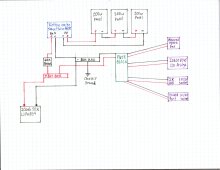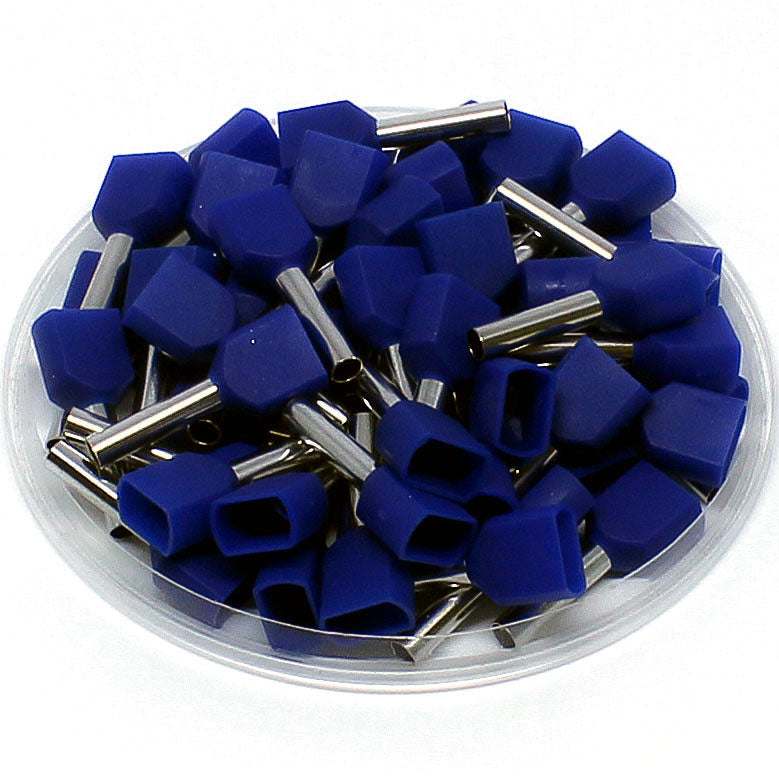dudedogvan
New Member
- Joined
- Mar 10, 2022
- Messages
- 95
Total noob, first Solar system, first wiring diagram I've ever made for anything. Please review and help me make sure I'm not gonna burn down my van with me and my dog inside it! I haven't ordered components yet.

- Outside of the fuse block for DC appliances where else do I need breakers/fuses?
- Do I need a main fuse on the battery?






